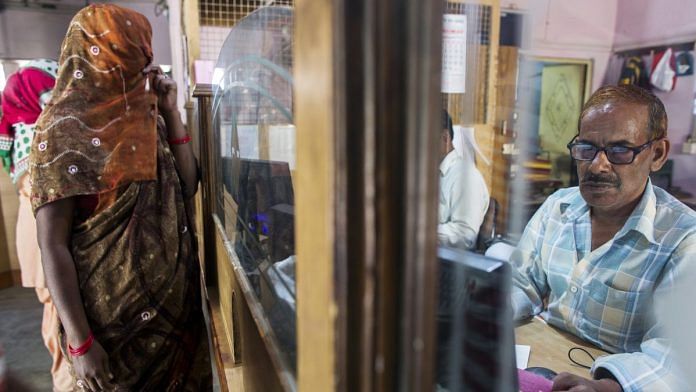Oxfam considers it “obscene” that the poor now borrow more, and have seen an increase in their liabilities.
Oxfam’s “outrage” over wealth inequality in India is wrong. It uses questionable metrics to judge the wealth of the rich as well as the poor.
An Oxfam study released before the five-day World Economic Forum has found that global inequality has increased. It has shown that the wealth of the poorest people in the world has decreased by 11 per cent, while the wealth of the richest has increased hugely.
It was reported that Oxfam International executive director Winnie Byanyima, one of the key participants at the WEF summit, said it was “morally outrageous” that a few wealthy individuals are amassing a growing share of India’s wealth, while the poor are struggling to eat their next meal or pay for their child’s medicines.
Measurement of inequality based on wealth using asset liability data has a big problem. A decline in wealth happens when liabilities or debts increase. When a poor household is able to go to a bank and borrow, thanks to financial inclusion, it is able to increase its consumption.
India is a country where the poor were earlier unable to borrow. In recent times, there have been attempts to push microfinance and MUDRA loans so that even those without assets and collateral are not denied the power of consumption.
An increase in their debt is a reduction in their wealth. But the act of taking a loan is an achievement of financial inclusion policies and shows easing of credit constraints.
This improves the living standards of the poor. It allows them to borrow for education and investment and increases their capacity to earn more and consume more. Financial inclusion and access to credit are policy objectives.
In India, 170 million (or 17 crore) people have come out of poverty between 1990 and 2013, reducing the number of its citizens living in extreme poverty by 25 per cent. An estimated 44 people come out of poverty every minute in India.
But Oxfam considers it “obscene” that the poor now borrow more, and have seen an increase in their liabilities. And that their consumption is greater than their incomes.
In reality, the poorest people who are barely able to meet their consumption needs do not increase their assets when their incomes increase. They increase their consumption. A little increase in savings may happen but, as any first year economics student learns in her first month of an economics course, the marginal propensity to consume of the very poor is nearly one. In other words, any increase in income is spent and not saved. Some poor rural households may save, for example, in a gold earring or a cow, but these are rarely captured in their wealth measures.
Also read: Poverty or inequality: What is more important for India and Indian economists
In contrast, financial assets of the rich include the market cap of the companies they own, such as Amazon, Facebook, Google or Apple. These are expected to grow in nominal terms at least. If all the market cap of large companies, which historically trends upwards, is attributed as wealth to the rich, there would always be an increase in inequality.
Reports on wealth inequality will continue to make headlines for years to come. But is it the right measure, or should we focus on increasing the consumption of the poor, bringing them out of poverty and giving them access to resources and finance instead? In the end, do reports like Oxfam’s end up hurting the poor?
The author is a Professor at the National Institute of Public Finance and Policy.







Agree entirely. One constructive takeaway for the rich and the truly wealthy is to enjoy their good fortune with a little more discernment and discretion. Displays of over the top spending can build into a mood which men like Hugo Chavez tap into.
I agree with the broad thrust of the column. However, to learn that 9 Indian families are worth the lower one half of all Indians hits hard in the gut. That means a larger effort needs to be made to get better quality education and healthcare to all, helping them to climb out of poverty.